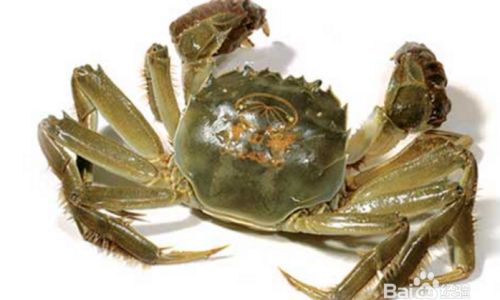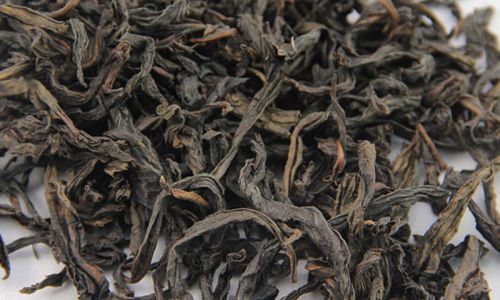Introduction
The hairy crab, scientifically known as Eriocheir sinensis, is a delicacy renowned for its succulent meat and rich flavor, particularly during the autumn season in China. Its popularity has led to a thriving industry dedicated to its cultivation, with farmers meticulously managing every aspect of the crabs’ environment to ensure optimal growth and quality. Among the myriad of factors influencing the success of hairy crab farming, the quality and type of water used stands out as a crucial determinant. This article delves into the specifics of what constitutes ideal water for raising hairy crabs, exploring various aspects such as water chemistry, source, management practices, and environmental considerations.
Understanding the Biology and Habitat Preferences of Hairy Crabs
Before discussing the ideal water conditions for raising hairy crabs, it is essential to understand their natural habitat and biological needs. Native to China’s Yangtze and Taihu lake regions, these crabs thrive in brackish to freshwater environments, with specific preferences for temperature, salinity, dissolved oxygen levels, and other water quality parameters.
Hairy crabs undergo distinct life stages, from larvae to juveniles to adults, each with unique habitat requirements. Larvae, for instance, require higher salinity levels closer to marine conditions, whereas adults prefer freshwater environments with lower salinity. This transition necessitates careful management of water conditions throughout the crabs’ lifecycle.

Water Chemistry: The Foundation of Healthy Crab Growth
-
Salinity
Salinity is one of the most critical factors influencing the growth and survival of hairy crabs. While larvae and early juveniles may tolerate salinity levels ranging from 5 to 25 parts per thousand (ppt), adults prefer freshwater conditions with salinity below 5 ppt. Farmers often use a combination of freshwater from rivers, lakes, or wells and seawater or brackish water to achieve the desired salinity levels at different stages of the crabs’ development.
-
Temperature
Temperature plays a pivotal role in determining the metabolic rate, feeding behavior, and growth rate of hairy crabs. Optimal water temperatures for adult crabs range between 15°C and 30°C, with peak growth occurring between 20°C and 25°C. During colder months, farmers may employ heating systems or move crabs to warmer locations to maintain optimal temperatures.
-
Dissolved Oxygen
Dissolved oxygen (DO) levels are crucial for the respiratory health of hairy crabs. Low DO levels can lead to stress, reduced feeding, and even mortality. Ideally, water should have DO levels above 4 mg/L, with higher levels being beneficial. Farmers often use aerators or mechanical circulation systems to ensure adequate oxygenation.
-
pH Levels
The pH of the water affects the availability of nutrients and the toxicity of certain compounds. Hairy crabs prefer water with a pH between 7.0 and 8.5, which is generally considered neutral to slightly alkaline. Maintaining stable pH levels is essential to prevent stress and disease outbreaks.
-
Turbidity and Clarity
Turbidity, or the cloudiness of water, can impact the crabs’ ability to feed and breathe. High turbidity levels can block sunlight, reducing photosynthesis in aquatic plants and algae, which can affect the food chain. Ideally, water should be clear enough to allow for good visibility (less than 30 cm Secchi disk depth).
Water Sources and Their Management
-
Natural Water Sources
- Rivers and Lakes: These are common sources of freshwater for hairy crab farming. However, they may require treatment to remove pollutants and adjust parameters like salinity and pH.
- Wells: Groundwater from wells can provide a consistent and relatively clean source of water. However, it may need to be tested regularly for contaminants and its chemistry may need adjustment.
- Rainwater Harvesting: Rainwater can be collected and used, especially in areas with abundant rainfall. It is generally free of contaminants but may require storage and treatment to maintain appropriate temperature and chemistry.
-
Brackish and Seawater Sources
- Coastal Areas: In coastal regions, seawater can be diluted with freshwater to achieve the desired salinity levels for different crab stages.
- Brackish Water Lakes: Natural brackish water bodies can serve as a direct source or be mixed with freshwater to meet the crabs’ needs.
-
Water Treatment and Conditioning

- Filtration: Physical filtration can remove suspended solids, debris, and potential pathogens.
- Disinfection: UV light, ozone, or chemical disinfectants can be used to kill harmful microorganisms.
- Mineral Adjustment: Adding or removing minerals can adjust the water’s chemistry to optimal levels. For example, limestone can be used to raise pH, and gypsum can help maintain calcium levels.
Environmental Considerations and Sustainable Practices
-
Water Recycling and Reuse
Efficient water management practices, such as recycling and reusing water, are crucial for sustainable hairy crab farming. This involves treating and conditioning water to remove waste products and adjust chemistry before reusing it.
-
Minimizing Pollution
Farming operations should minimize the release of pollutants into surrounding water bodies. This includes proper waste disposal, using eco-friendly pesticides and fertilizers, and maintaining buffer zones to prevent runoff.
-
Biodiversity Conservation
Hairy crab farming can impact local ecosystems. Farmers should prioritize biodiversity conservation by maintaining natural habitats, promoting aquatic plant growth, and avoiding overfishing of prey species that crabs rely on.
-
Climate Change Adaptation
Climate change is altering water availability and quality. Farmers need to adapt by developing resilient water management systems, such as storing water during wet seasons, using drought-tolerant species, and monitoring water conditions more frequently.
Conclusion
Raising hairy crabs successfully requires a meticulous understanding of their water requirements and the implementation of effective water management practices. By carefully controlling salinity, temperature, dissolved oxygen levels, pH, and turbidity, farmers can create an optimal environment that supports healthy crab growth. Additionally, sourcing water responsibly, treating it appropriately, and adopting sustainable practices are essential for the long-term viability of the hairy crab farming industry.
As the global demand for hairy crabs continues to rise, it is imperative that farmers and policymakers work together to ensure the sustainability of this precious resource. By prioritizing water quality and environmental stewardship, we can preserve the natural beauty and culinary delight of the hairy crab for future generations.
In summary, the waters used for raising hairy crabs must be carefully selected, treated, and managed to meet the specific needs of these delicate creatures. By doing so, farmers can not only enhance the quality and quantity of their harvest but also contribute to the preservation of aquatic ecosystems and the sustainability of the hairy crab farming industry.






0 comments